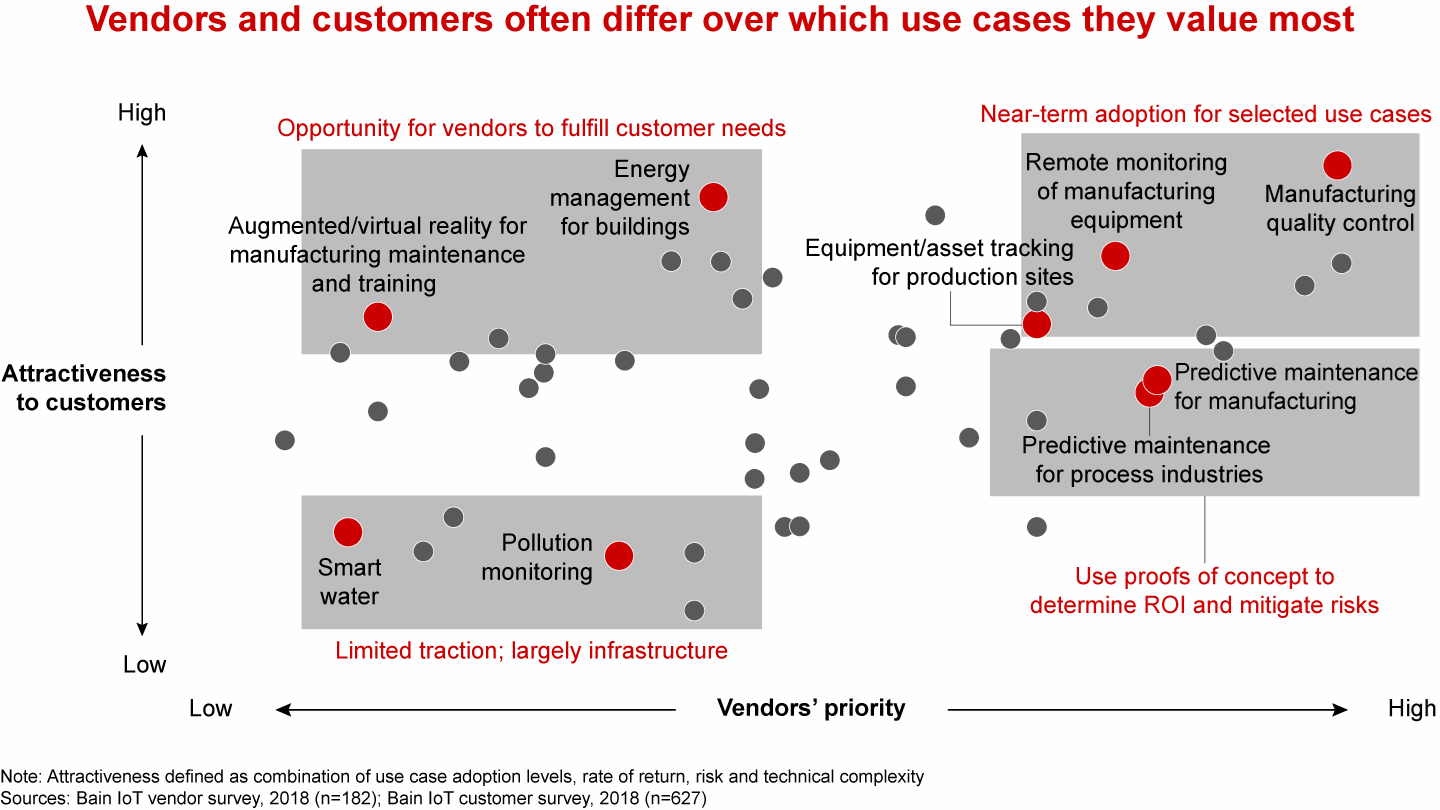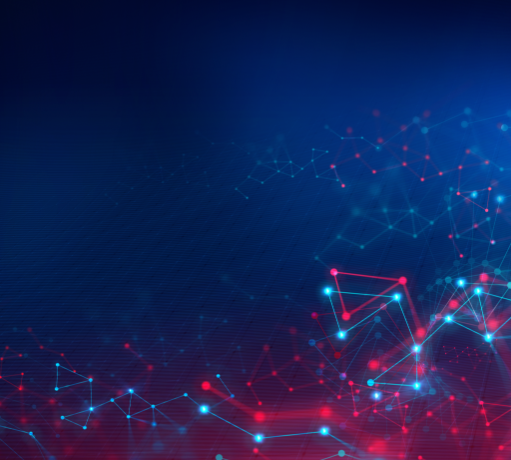Related Articles
- Bringing the seamlessness in supply chains with IoT
- The Step-By-Step Guide to Move Apache Kafka to Amazon MSK
- Discover how AI can influence personalized medicine to magnify healthcare and life sciences
- The many use cases of Large Language Models (LLMs) in healthcare
- Experience How Edge Computing Is Paving the Path for the Future of Computing and Connectivity
- Making IoT data matter
- What Is AWS Well-Architected Review and Why Do You Need It?
Leverage AWS IoT Analytics on your data lake to automate data processing and actionable insights
Soil sensors, smart refrigerators, connected cars, integrated home security, the digital twin of supply chains, and pulmonary implants are but a few examples of the real-world IoT applications, in practice, right now. Internet of Things (IoT) has made it more accessible and more comfortable to collect data from the ground and bring it to your data lake — across industries and geographies.
Organizations are already reaping tangible benefits. McKinsey finds that IoT is a business opportunity, not just a tech opportunity. Consumer IoT like home devices, gaming, etc. are helping deepen customer understanding, inform product design, even change business models, as McKinsey argues in their example about — a networked school backpack! While that might be a bit of a stretch, opportunities in the industry are aplenty across use cases, as Bain and Company illustrates below.

But processing and gleaning insights from this data isn’t easy. For a few reasons:
To make sense of IoT data and glean meaningful insights, you need a platform built exclusively to do so. But, creating your own IoT analytics platform brings with it the burdens of cost, time, and valuable energy that could be better used elsewhere.

AWS IoT Analytics
AWS IoT Analytics is a fully-managed service for IoT applications, on the cloud, scalable to adapt to the size and complexity of your data, up to petabytes. It offers a full suite of IoT analytics tools to collect, process, and analyze your IoT data effortlessly.
Collecting data
AWS IoT Analytics can accept data from across a wide range of sensors and connected devices, be it Amazon Kinesis, S3, or third-party tools, through a simple API. It supports JSON and Binary formats (Binary JSON, protocol buffers, etc.). It uses protocols like MQTT topic filters to define the exact kind of data you need for analysis.
Processing the data
It uses pipelines to process the data to get them ready for analysis. AWS IoT Analytics has ML/AI-based tools to detect missing data, identify outliers, and run code/algorithms to make adjustments. It includes the ability to transform data using mathematical or conditional logic. And enrich data — at a device-level granularity — by combining it with messages from external data sources such as stock prices, weather information, etc.
When implemented on an AWS data lake, you can also re-process raw data multiple times, creating new pipelines as and when your needs change — such as running various kinds of analysis or testing hypotheses. AWS IoT stores the data in an IoT optimized manner, also enabling access permissions, group policies, re-processing or export as needed.
Analysing data
You can do fundamental data analysis by performing SQL queries, both ad hoc and scheduled, using the built-in SQL engine. You can perform a time-series analysis for performance monitoring and predictive analytics. You can use hosted Jupyter Notebooks for statistical analysis, which also includes AWS-authored ML models for IoT use cases. Logistic regression, neural networks, K-means Clustering, and other machine learning algorithms also run smoothly on your IoT data. You can easily import your custom analysis containers from other tools such as MATLAB. You can also precisely scan for new data and run analytics on those alone.
How AWS IoT Analytics works?

What sets AWS IoT Analytics apart?
It is a fully managed service, exclusively for IoT applications, where you can run advanced analytics.
It automates every stage of the IoT analytics process, ensuring you have clean data for meaningful insights, without manual effort (which are anyway near impossible at that scale).
It stores time-series data in an IoT-optimized data store. It allows time-series analysis that can process trillions of events at 1,000X speeds and 1/10th the cost of conventional relational databases.
It is a pay-as-you-go service that scales with your needs up to petabytes of IoT data.
When your IoT devices are AWS IoT compatible, the analytics product works seamlessly out of the box. When not, you might need customizations to ingest IoT data into AWS IoT Analytics using the ingestion API.
With other cloud applications, and IoT specific services such as device software, control services, and other analytics tools, AWS offers the best suite of technology and infrastructure you need to make the most of your IoT data — on the cloud as well as across edge devices. With a partner like Cambridge Technology, who deftly combines big data consulting experience, AWS competencies, and IoT expertise, you can begin to transform your business right away.
That’s what Silicon Valley energy management company EnerAllies did. With AWS IoT, they were able to slash the energy costs for all their customers by 20%-30% annually, improve efficiency with a reduction in outages, and improved the predictive accuracy by 90%. You can read their story here.
To see how you can leverage AWS IoT Analytics for your enterprise, speak to an AWS-certified consultant from Cambridge Technology today!